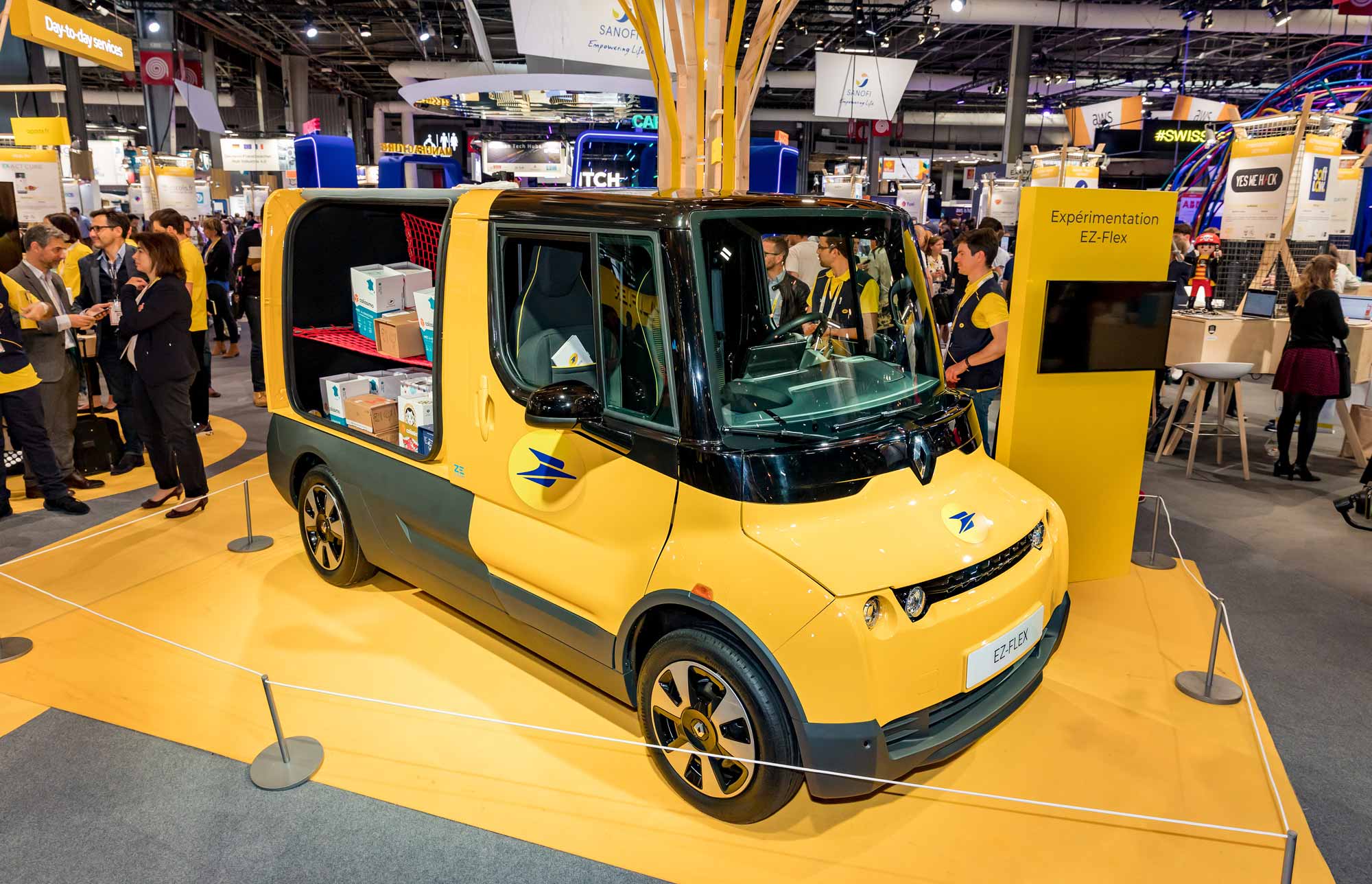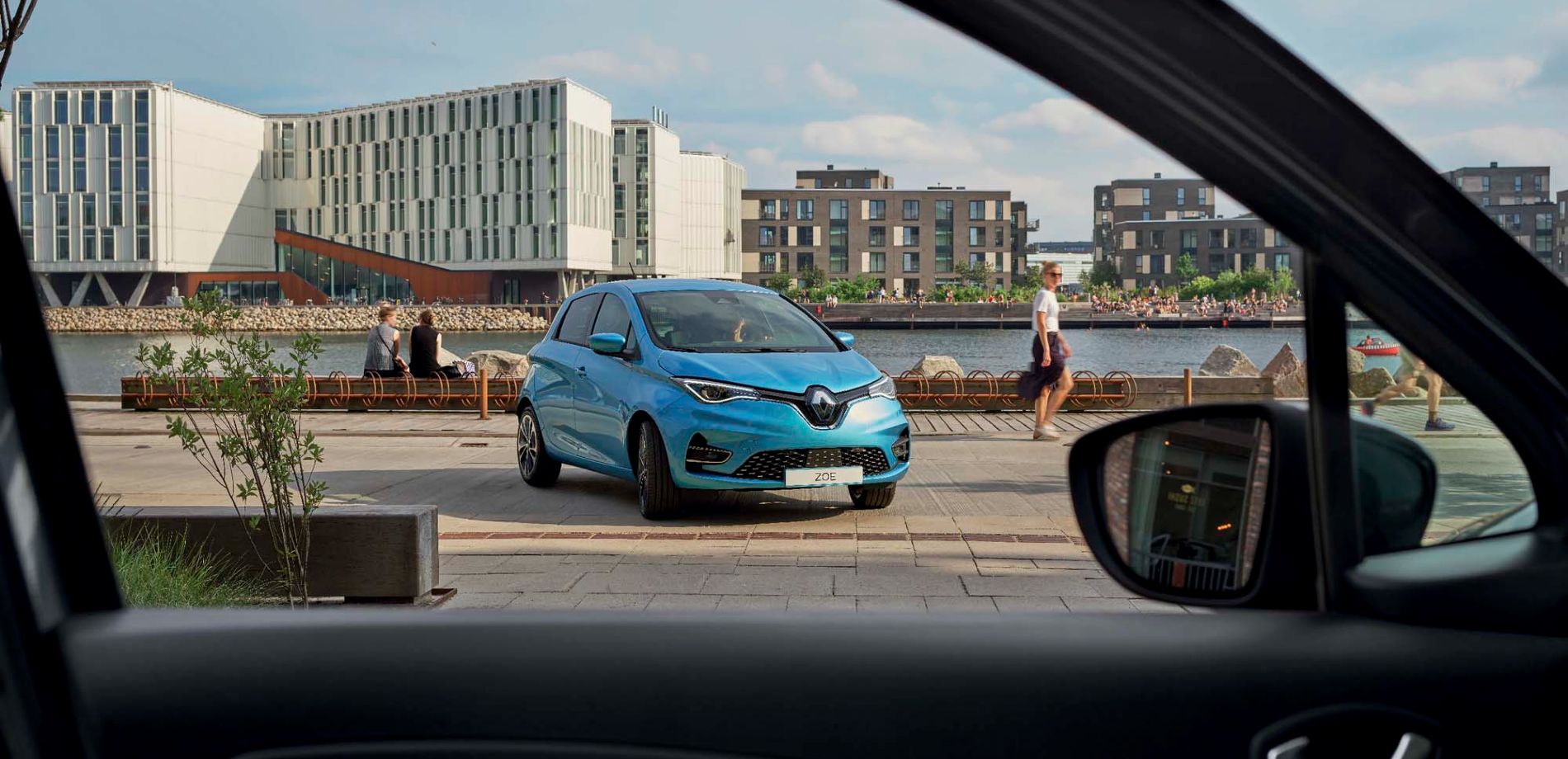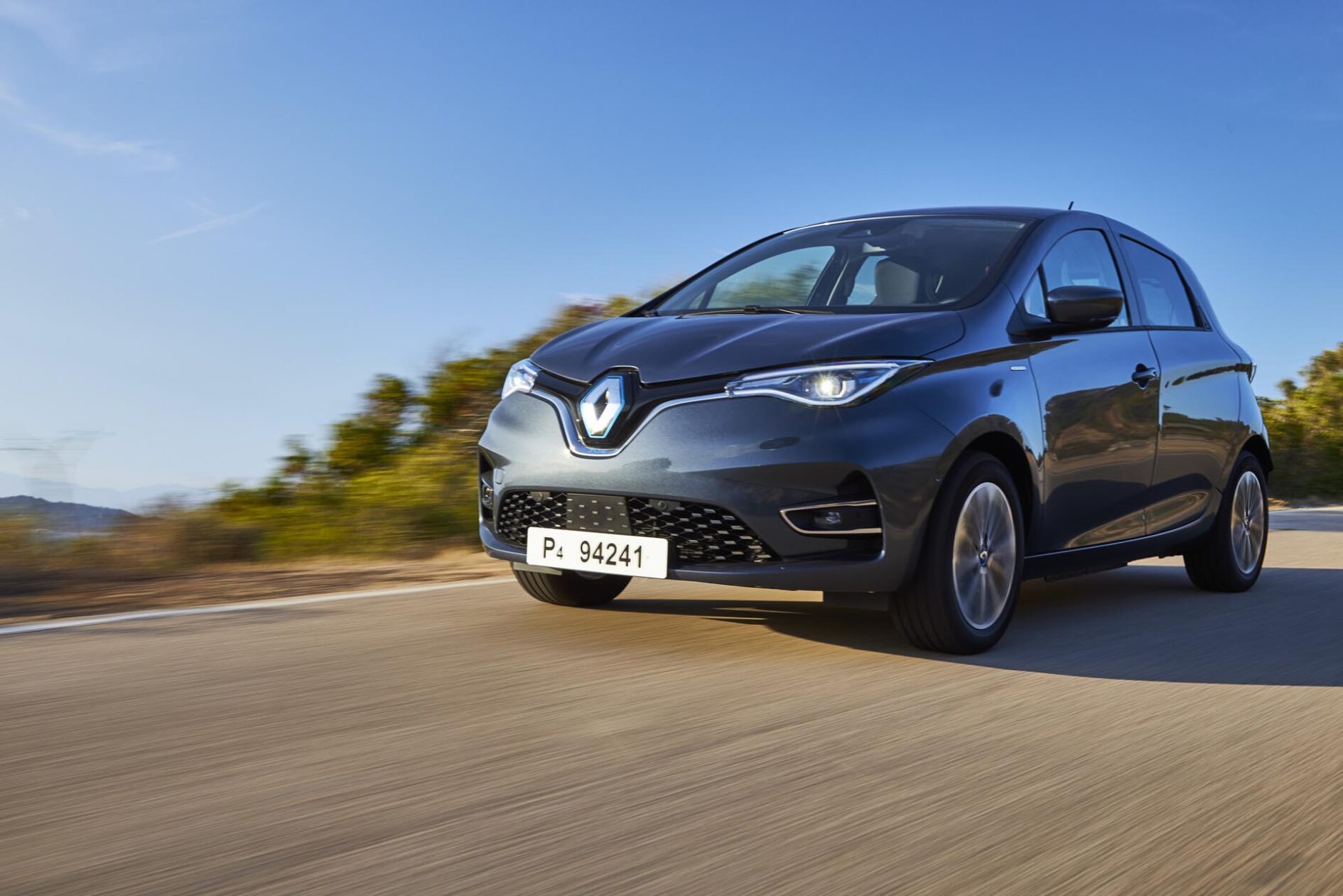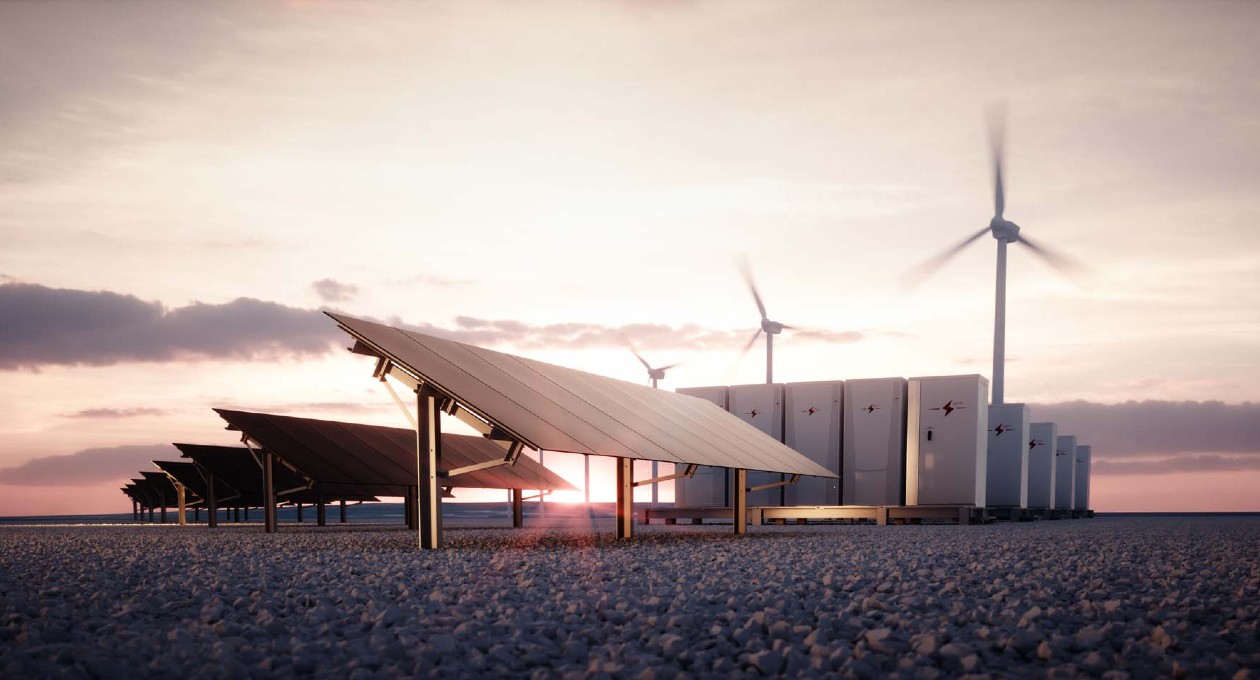


Innovation has played a key role in the automobile industry since the very start. Recently, new technologies have helped speed up the pace of innovation exponentially. How?
We’re indeed faced with an exponential acceleration in the development of new technologies that means there will be more transformation in the next 10 years than in the last 20. There are at least four reasons for this gain in momentum.
The first is the disruption of technology and the transition towards electric vehicles, connected vehicles, autonomous vehicles, and new mobility services. It’s a rush that’s affected all carmakers, and you can’t escape it. The second reason is due to the changing expectations of customers who, more and more, are ‘digital natives’. We’ve noticed a lot of new expectations from these customers particularly regarding urban transport services. The third reason for this speed-up is simply regulation. It’s becoming a bigger and bigger issue and is really helping define the automobile industry; depollution norms have always existed, but now they’re coming more and more into focus. New vehicle restrictions in cities are on the horizon for 2030 or 2040 that will clearly redefine the rule book for the automobile industry. This is something we never imagined 10 years ago. And the fourth driver of all these changes is the environment, the climate crisis, and the increasing scarcity of resources.
What kinds of innovations and solutions are Renault looking at considering these four factors?
Innovation runs in Renault’s blood, both in terms of automobile usage and eco-responsibility. For a carmaker, the most important thing is to anticipate consumer expectations. That’s why we have to start adapting our products using what we call responsible design, that is, design that’s minimalist in its use of both energy and raw materials, that integrates recycled and reused materials, and that helps us better manage the product’s life cycle. It includes finding a way to limit the vehicle’s carbon impact both on the road and during the manufacturing process. We’ll also have to find a way to lengthen battery life and improve connection technology in order to fulfil our customers’ expectations.
What’s the timeline for innovation in the mobility sector?
We had gotten used to working in quite a standardised way on an activity that followed a logical, ordered sequence. Today, it’s no longer possible to work like that. There are certain consumer expectations in terms of new features and services – especially now that more and more vehicles are electric and connected – that mean we must work faster, and that speed up innovation cycles. On top of that, there’s a transformation happening in which vehicles are becoming as much software as hardware. At Renault, innovation is really focused on the customer experience.
The time has come for everyone to think about resilience.
Is ‘design thinking’ really the key to keeping Renault’s innovation process relevant?
Absolutely. We concentrate on the customer pain points that we want to improve, and we test out new solutions using proof of concepts and tweak them according to feedback — and then we roll them out for real. We’ve been investing more and more in internal teams who can work in this agile, design-thinking-centred way. A good example of this approach is in an experiment we’re running in partnership with La Poste and the city of Montpellier using one of our commercial delivery vehicles, the Renault EZ-FLEX. This experiment is helping us better understand vehicle usage to help us create more sustainable, responsible urban delivery services in the future. Using connected software and the data it will collect, as well as feedback from delivery drivers, we’ll be able to improve efficiency in last mile deliveries.
What role does resilience play in innovation?
Resilience is extremely important. We’re witnessing the acceleration of society right now – COVID’s social and economic consequences, the climate crisis, digitalisation – and so it’s essential to start rethinking the way we want to operate in the future. Before, factors like environmental impact, recycling, sustainability, and carbon emissions were a background issue. Now, they’re priorities. We created several research and development programs around these subjects long ago because we thought they made sense, long before it was ever a trending issue. Now, the time has come for everyone to think about resilience.
What are the pillars that will define the future of mobility?
Personally, I wouldn’t think of new technologies as the only pillars of future mobilities. At Renault, what we really want to offer our customers are things like content, experiences, a pleasurable driving experience, the preservation of our planet, and increased safety for passengers.
How do you encourage creativity within the company?
You must be very modern in terms of how you work, that is, you must create an environment that promotes creativity by breaking with more ‘classic’ work structures. Renault works with small teams that meet and work together, with a focus on the consumer experience. Our internal specialists are themselves users of electric vehicles, so they know how to put themselves in the consumers’ shoes, and quickly identify the real issues they need to be working on using physical proofs of concept. They’re able to put forward ideas that are truly relevant to the client experience. They’re capable of improving things, disrupting things, and paving the way for certain important realisations.
You can’t innovate inside a bubble.
At Renault, is it important for you to look beyond the mobility sector in order to drive innovation?
Yes, of course! You can’t innovate inside a bubble. To really innovate, you must keep an eye on the market: the start-up world for example, which sometimes brings in completely new kinds of technology. We also rely on groups with a less technological, more academic focus, like the Institute for Sustainable Mobility, which was founded by Renault and several other partners. There, the focus is on things like the direction of mobility, or municipal and regional policy.
Renault has several innovation labs in place round the world: the first one opened in 2011 in Silicon Valley. Has anything come of their research?
Let’s take the example of our Tel-Aviv lab, opened two years ago, who we’re working with on a common project. This lab specialises in creating cyber-security solutions for Renault and the Alliance. Israel is also home to a lot of disruptive technology around electric motors and acoustic systems. The interest of having a local lab in Israel is that we get to benefit from an extremely dynamic ecosystem, and we hope to unearth some valuable new technologies that can give us an edge over the competition.
Talk to us about your partnership with Paris-Saclay, the #1 university for mathematics in the world in the last Shanghai 2020 rankings.
Since its creation in 1998, Groupe Renault has had a very close relationship with Paris-Saclay. The Renault Technocentre has direct relationships with the schools and colleges within this university group, which has undergone a massive development in the last five years with the arrival of prestigious new schools, and the creation of the Institute of Technology Research. Paris-Saclay and the Institut Polytechnique together constitute an academic department that rivals the world’s best universities. Our vision is to create value by using science to advance key technologies implicated in the future of automobiles. In view of this, we’re working on bilateral or collaborative projects with different academic partners.
The end goal is to have an electric vehicle that can recharge while driving, without needing to be plugged in.
It’s within this university campus that you’ve been overseeing tests of the self-driving Zoé Cab. Can you tell us about the innovation team’s role in the success of Zoé—which is today the most popular electric car in France?
Zoé is the definition of product innovation at Renault. It’s the fruit of our work in mechanics, in battery development, but also in eco-responsibility. It’s essentially one of the first-ever vehicles of its type that’s been made available to everyday consumers. We’re the first to have tested new ways to use this kind of electric car, and we’re continuing to break innovation barriers—not only in terms of electrification, but also in the use of recycled textiles, which were used to create the car seats.

One of Renault’s recent hub initiatives is the INCIT-EV project, a pan-European project focused on electric mobility, and centred on seven innovations in electric charging. Can you tell us about that?
INCIT-EV is a project supported by Europe that’s being led by Renault. We’re very proud of it as it places us at the heart of a truly futuristic vision of electric mobility. The goal of this project is to develop innovative charging solutions for electric vehicles. It’s strategic, because charging is a crucial issue in the development of electric mobility. The objective is to come up with tomorrow’s recharging solutions, underpinned by a determination to test them out in large-scale, real-life ways. The end goal is to have an electric vehicle that can recharge itself while driving, without needing to be plugged in. In other words, it will use dynamic recharging, which will also allow us to reduce the size of the battery. That’s positive for many reasons: it reduces the car’s environmental impact, as well as its cost, since the battery is the most expensive part of the vehicle. This kind of charging system sounds like science fiction—but it really exists today and is being used in our prototypes. With the INCIT-EV project, and with help from 32 civil engineering partners, academic centres, and major cities (including Paris), we’re aiming to take this from a theoretical lab concept to real-world tests.
Cédric Couvez, L’ADN journalist
L’ADN is the media on innovation that every day analyses the best concepts of the new economy on the web and in magazine format.
Copyrights : Groupe Renault




